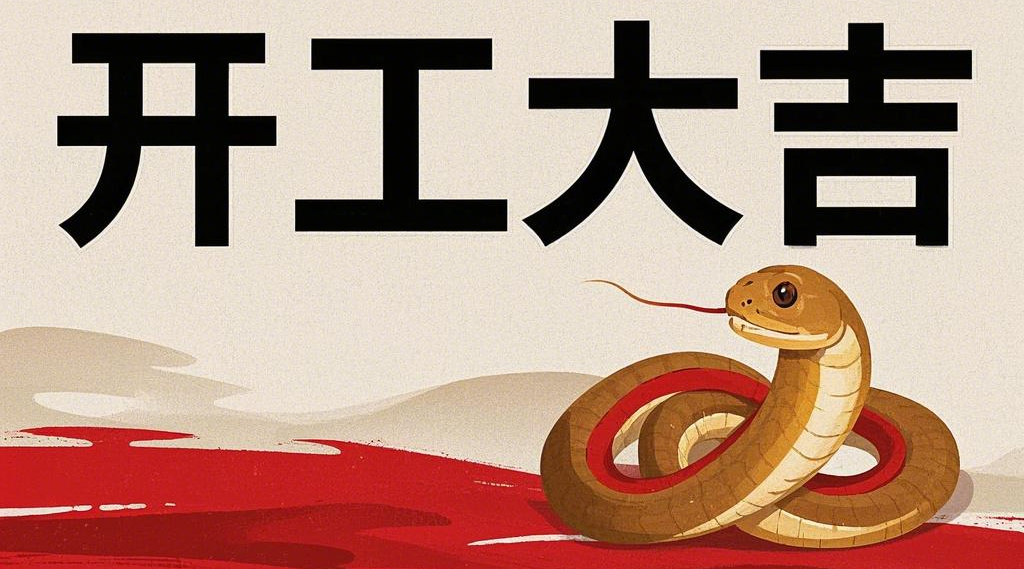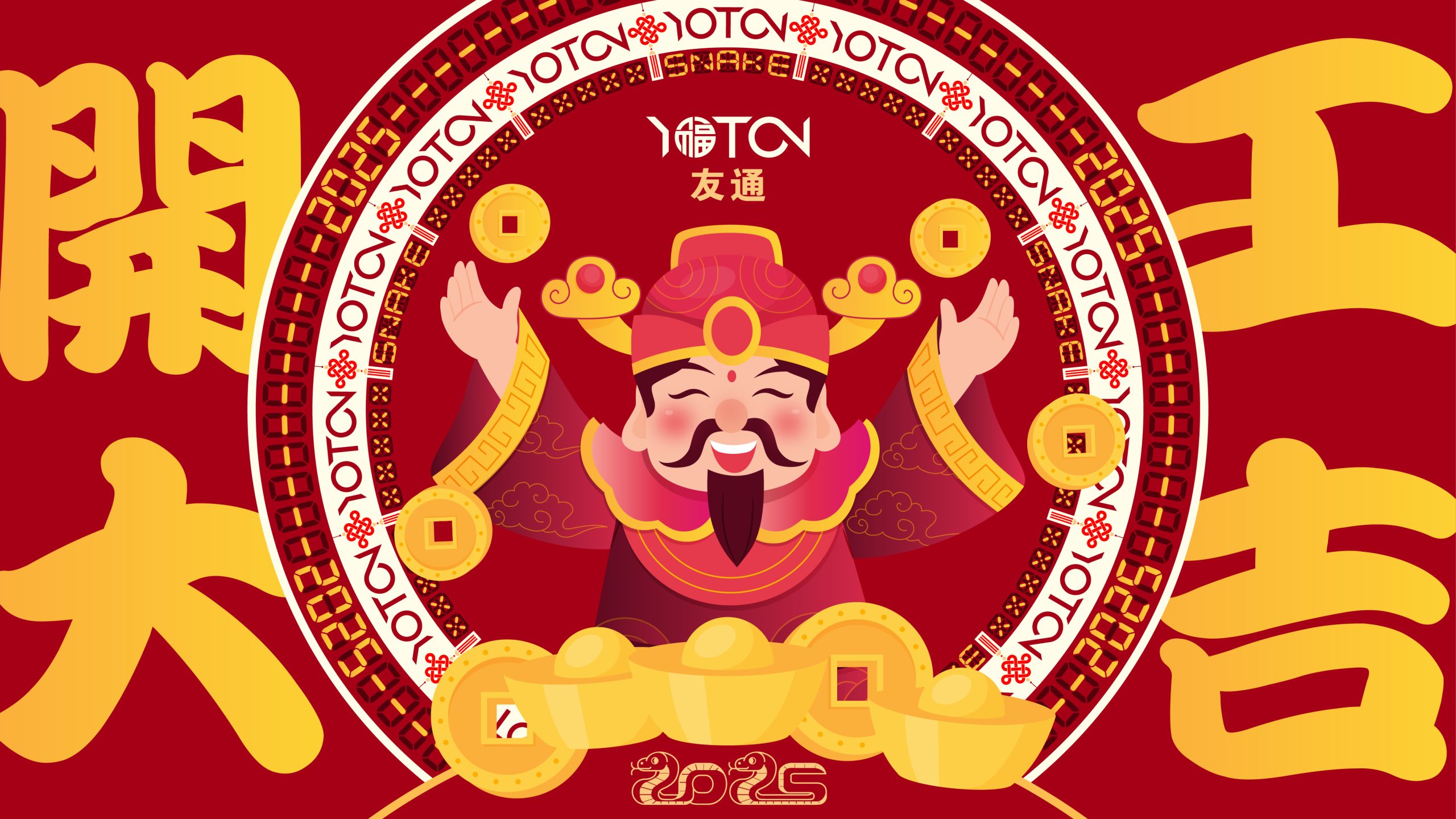Have you ever wondered how long the Chinese New Year lasts? The Chinese New Year, also known as the Lunar New Year, is a joyous celebration that spans sixteen days, starting from Chinese New Year’s Eve and culminating in the Chinese Lantern Festival. Preparations for this grand occasion commence as early as half a month before Chinese New Year’s Eve. During this time, a rich tapestry of celebration activities unfolds. Some are time – honored traditional customs passed down through generations, while others are exciting new additions, breathing fresh life into this ancient festival.
Chinese New Year 2025 falls on January 29th, 2025. Here is a daily guide to tell you how Chinese people celebrate Chinese New Year in 2025.

Pre-Chinese New Year Preparations and Activities (Jan. 7–Feb. 12, 2025)
Jan. 7, 2025: Laba Festival
In the lead – up to the Chinese New Year, some Chinese people kick off their celebrations and preparations as early as the 8th day of the 12th month of the lunar calendar. This date is dedicated to a festival known as Laba. In the traditional context, Laba serves as the starting point of the Spring Festival. This year, it falls on January 18.
The primary activities on Laba Day center around paying homage to ancestors and deities, such as the door gods, with the hope of attaining good fortune and a bountiful harvest. As for the culinary traditions, the spotlight shines on Laba porridge, a warm and hearty blend of grains and nuts. In some regions, Laba tofu, a unique and flavorful delicacy, takes center stage. Additionally, there are areas where Laba noodles are the go – to dish, each bite carrying the rich cultural significance of this special day.

Jan. 22 or 23, 2025: Little Year
The Little Year, known as “小年 /xiǎo nián”, heralds the start of the bustling preparations for the Lunar New Year. Once this day arrives, a flurry of activities commences. People busy themselves with purchasing various goods essential for the New Year celebrations, engage in a thorough house – cleaning to sweep away the old and make way for the new, and perform the ritual of praying to the Stove God.
All these customs are a vivid expression of people’s sincere good wishes as they bid farewell to the past year and eagerly welcome the New Year. However, due to the rich tapestry of diverse customs across the country, the dates of the Little Year vary. In northern China, it falls on the 23rd day of the twelfth lunar month, while in most parts of southern China, it is observed on the 24th day of the twelfth lunar month.
Jan. 23, 2025: House-Cleaning
Starting from the 24th day of the 12th lunar month, Chinese people embark on an all – encompassing “winter – cleaning” of their homes. This age – old tradition is known as “sweeping away the dust.” It’s not just a simple act of tidying; rather, it symbolizes a profound desire to put aside old possessions and, more importantly, let go of the old year’s trials and tribulations. By doing so, people are actively making space to heartily welcome the Lunar New Year, filled with hopes for a fresh start, good fortune, and a prosperous future.

Jan. 22–28, 2025: New Year Shopping
Before Chinese New Year’s Eve, people buy New Year’s food and snacks, New Year’s decorations, and New Year’s clothes, fireworks, etc. Chinese New Year in China, like Christmas, is a boom time for shopping.
Chinese people may be thrifty most of the time, but they seem to spend generously during their traditional festivals. For example, they buy everyone new year clothes, whether they need them or not. On the days leading up to the festival, there are many New Year’s street markets.

Chinese New Year’s Eve (Jan. 28, 2025): 6 Traditions and Activities
1. Putting Up New Year Decorations
Although some people decorate their houses several days before the festival, most people do it on Chinese New Year’s Eve. Houses are decorated with red lanterns, red spring couplets, paper cuttings, and New Year’s paintings.
Putting up those decorations is thought to keep evil away and pray for blessing, longevity, health, and peace. 2025 is a Year of the Snake, so rabbit images will appear on decorations. Read more about the Top 7 Chinese New Year Decorations.

2. Offering Sacrifices to Ancestors
Offering sacrifices to ancestors shows respect and piety. In addition, ancestral spirits are believed to protect their descendants and help them become prosperous.
Many worship on Chinese New Year’s Eve, before the reunion dinner, to show that they are letting their ancestors “eat” first. Offerings of meat, wine, joss sticks, and joss paper are placed in front of the shrine/grave.
3. Enjoying a Reunion Dinner
The Lunar New Year’s Eve reunion dinner is a “must-do” dinner with all family members reuniting. Chinese try very hard to make this family event, often traveling long distances. This is the main reason for the huge travel stress throughout China.
Big families including several generations sit at round tables and enjoy the food and time together.
Dishes with lucky meanings must be included in the dinner such as fish, dumplings, Nian Gao (sticky rice cake), and spring rolls. Many Lunar New Year foods are symbolic.

4. Watching CCTV’s New Year Gala
It’s become customary for many families to watch the CCTV New Year Gala while having their dinner. The Gala starts at 8 pm and ends when the Chinese New Year arrives at midnight.
It features traditional, folk, and pop performances from China’s best singers, dancers, and acrobats.

5. Giving Red Envelopes (Lucky Money) to Kids
Parents usually give their children red envelopes after the reunion dinner, wishing them health, growth, and good studies in the coming year.
Money in red envelopes is believed to bring good luck, as red is China’s lucky color, so it’s called lucky money.

6. Staying Up Late
This custom is called shousui (守岁/show-sway/’to keep watch over the year’). In the past, Chinese people used to stay up all night, but now most stay up only until midnight firecrackers and fireworks die down.
Chinese New Year’s Day (Jan. 29, 2025)
Chinese people believe that what they do on the first day of the lunar year will affect their luck during that year.
1. Setting Off Firecrackers and Fireworks
The moment Lunar New Year arrives there is a cacophony of fireworks and firecrackers all around, even in rural China. Families stay up for this joyful moment.
In many rural areas, it’s customary to set off firecrackers before dinner, each day from New Year’s Eve to day 3 of CNY. See Why Chinese New Year Must Have Firecrackers.
It’s believed that the louder the firecrackers, the better and luckier it will be for business and farming in the coming year.
Kids, with (mini) firecrackers in one hand and a lighter in another, cheerfully celebrate by throwing the small explosives one-by-one on the street whilst plugging their ears.

2. Putting on New Clothes and Extending New Year Greetings
On the first day of Lunar New Year, Chinese people put on new clothes, and say “gongxi” (恭喜/gong-sshee/literally ‘respectful joy’, meaning ‘greetings’ or ‘best wishes’), wishing each other good luck and happiness in the New Year.
It is customary for the younger generation to visit their elders, and wish them health and longevity. See The Popular Chinese New Year Greetings and Wishes.
These digital or postal greetings have become a convenient and widely – adopted alternative. A New Year’s card, often adorned with festive designs and heartfelt handwritten messages, conveys warm wishes in a tangible form. WeChat red envelopes, on the other hand, combine the traditional significance of giving lucky money with the convenience of modern technology. They can be sent instantaneously, accompanied by cheerful New Year greetings. Text messages, too, serve as a quick and accessible means of sharing one’s New Year blessings, allowing people to connect across distances with just a few taps on their mobile devices.

3. Watching Lion and Dragon Dances
Lion dances and dragon dances are also seen on Lunar New Year’s Day. Once very popular in China, they are reappearing in many places. They are more popular in Hong Kong and Macau.

4. Public Celebrations at Parks and Temple Fairs
Beijing’s temple fairs are the places to go for traditional activities in Beijing. Such activities are held in parks from the first day of the lunar year to the last (when celebrating the Lantern Festival).
Generally, parks and temples are the best places to go for festive celebrations at the Chinese New Year.

Chinese New Year: Day 2 (Jan. 30, 2025)
Traditionally married daughters visit their parents’ home on the second day of Chinese New Year. They bring gifts and red envelopes to families and relatives.
On this day, people offer sacrifices to the God of Wealth, wishing for a luckier and more prosperous year.

Chinese New Year: Days 3–7 (Jan. 31–Feb. 4, 2025)
From the third to the seventh day of New Year, Chinese people visit relatives and friends.
On the third day, some people go to visit the tombs of their relatives, but others think being outside there on the third day is inauspicious because evil spirits roam around.
The First House – sweep in the New Year: During the first two days of the Chinese New Year, an interesting cultural tradition prevails. Chinese people refrain from cleaning their homes. This is because there is a long – standing belief that any sweeping done during this time might inadvertently sweep away the good fortune. The floor is often strewn with the remnants of celebration—firecracker debris, scraps of red paper, and wrappers. These seemingly ordinary litter items are seen as carriers of accumulated good luck. As the vibrant colors and remnants of the joyous New Year celebrations lie scattered, they are left undisturbed, symbolizing the preservation of the positive energy and blessings that the New Year has brought.

Chinese New Year: Day 8 (Feb. 5, 2025)
People normally return to work on the eighth day. As eight is the luckiest number in China, most businesses like to reopen on day 8 of the New Year.
New Year: Day 15 (Feb. 12, 2025), the Chinese Lantern Festival
The fifteenth day of the New Year is the Chinese Lantern Festival (元宵节 Yuánxiāo Jié /ywen-sshyaou jyeah/). It is the traditional end of Spring Festival celebrations.
Some people send glowing lanterns into the sky, while others release floating lanterns onto the sea, onto rivers, or adrift in lakes.

Content reference:https://www.chinahighlights.com/travelguide/festivals/chinese-new-year-celebration.htm

